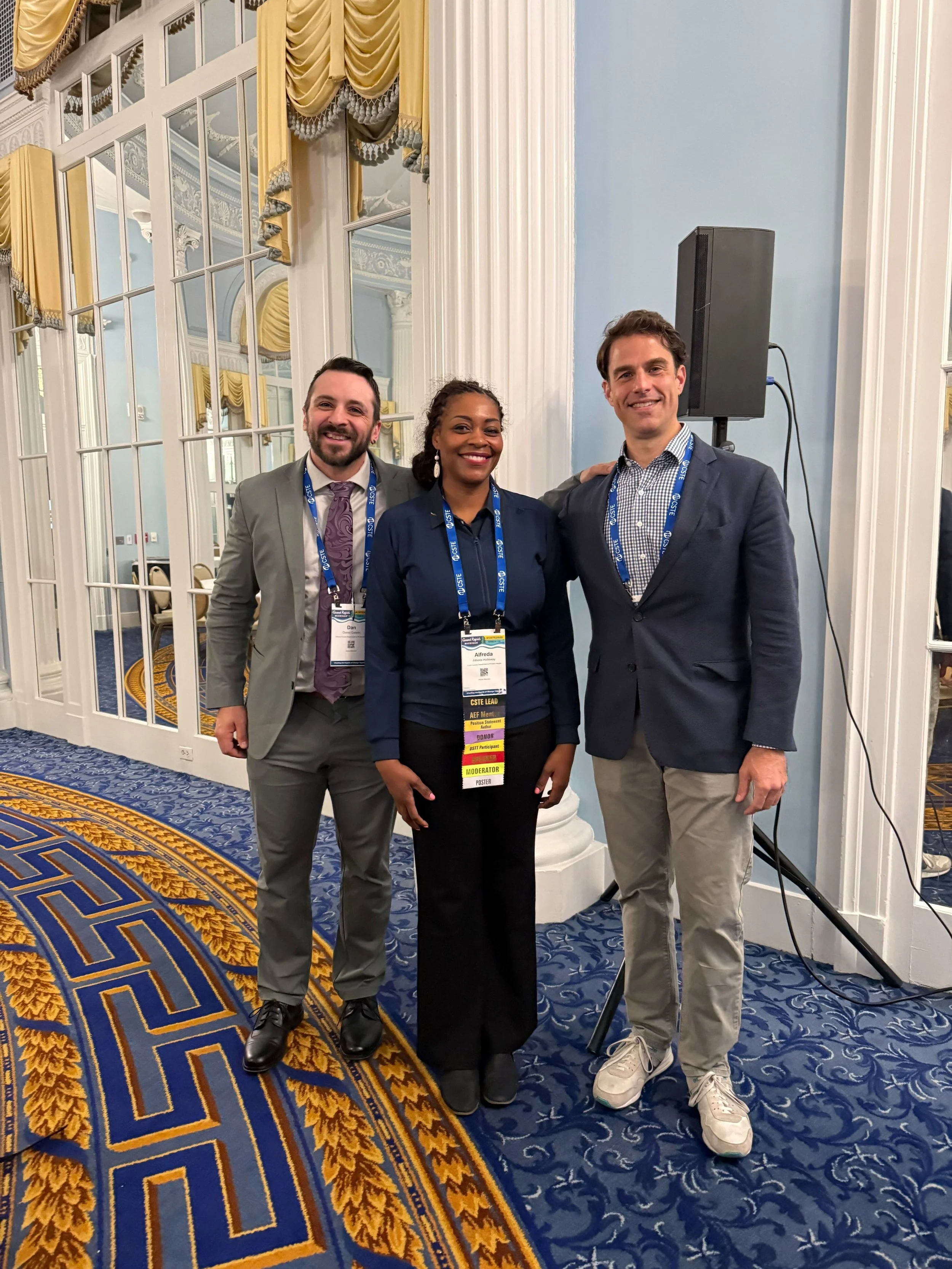How AI and Integrated Data Are Empowering Public Health Leaders
At this year’s CSTE Annual Conference, Metopio joined forces with leading epidemiologists to address one of public health’s biggest challenges: breaking down data silos. In our session, How (and Why) to Combine Clinical, Community, and Surveillance Data — with AI — for Smarter Public Health Insights, we explored how to move from fragmented data to unified, actionable intelligence faster and more effectively.
Presented alongside Dan Galanto of the Ottawa County Department of Public Health and Dr. Alfreda Holloway-Beth of the Cook County Department of Public Health, this session showed how combining structured and unstructured data (from EHRs to social determinants of health indicators to syndromic surveillance) can uncover hidden trends, strengthen situational awareness, and ultimately improve population health outcomes.
Attendees learned how AI tools can help public health departments cut down on manual analysis, accelerate reporting, and surface community insights in real time. Together, we walked through how Metopio’s platform is making this integration easy and accessible — empowering teams to meet standards like MAPP 2.0 and PHAB accreditation while also delivering deeper insight and faster action.
Integrated data isn’t just a technical upgrade — it’s a strategic advantage. With the right tools, epidemiologists, program managers, and health directors can connect strategy to impact, identify disparities, and lead the charge on equity-focused interventions.
Missed the session or want to see what Metopio can do for your team? Explore our AI-powered tools for CHAs, CHIPs, and health equity strategy, trusted by 450+ local health departments. Learn more about Metopio here!
Will Snyder, Dan Galanto, and Dr. Alfreda Holloway-Beth

